I return to this thread in need of some further advice about rattle can-applied spray filler.
As mentioned in my Moonbeam-thread, I wanted to test the chemical compatibility between the U-Pol High#5 spray filler and the Vallejo RC Premium paints I intend to use for that build.
To this end I got some scrap plasticard, and proceeded to gouge and scratch its surface, so that I would also learn something about the filling capacities (or lack thereof) of the U-Pol.
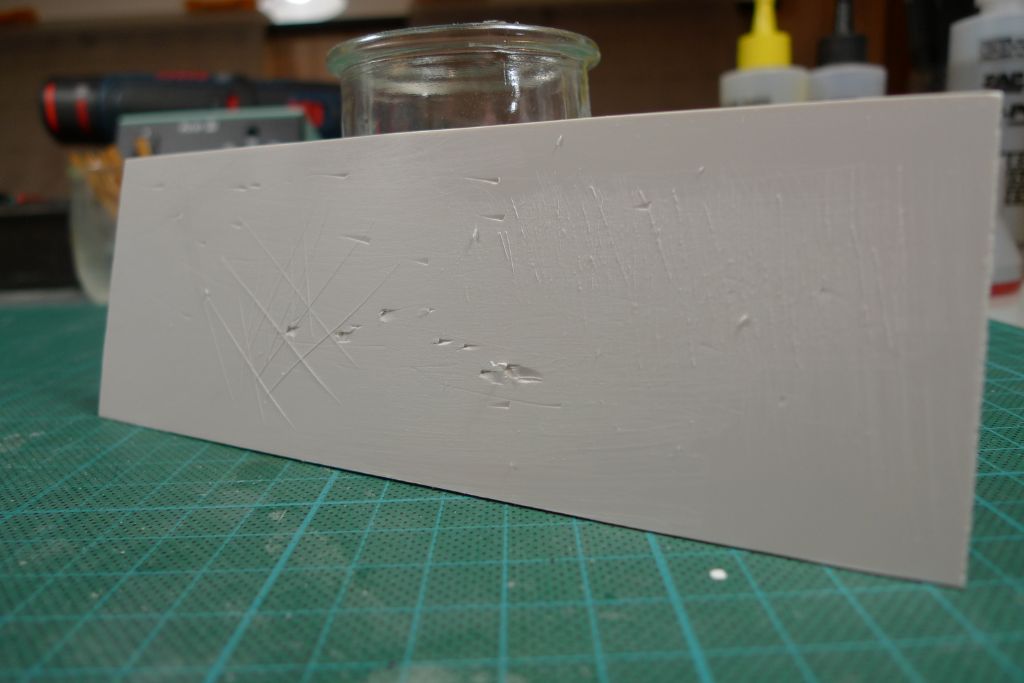
In accordance with the instructions for use, I then applied two thin coats of U-Pol with ten minutes in between them.
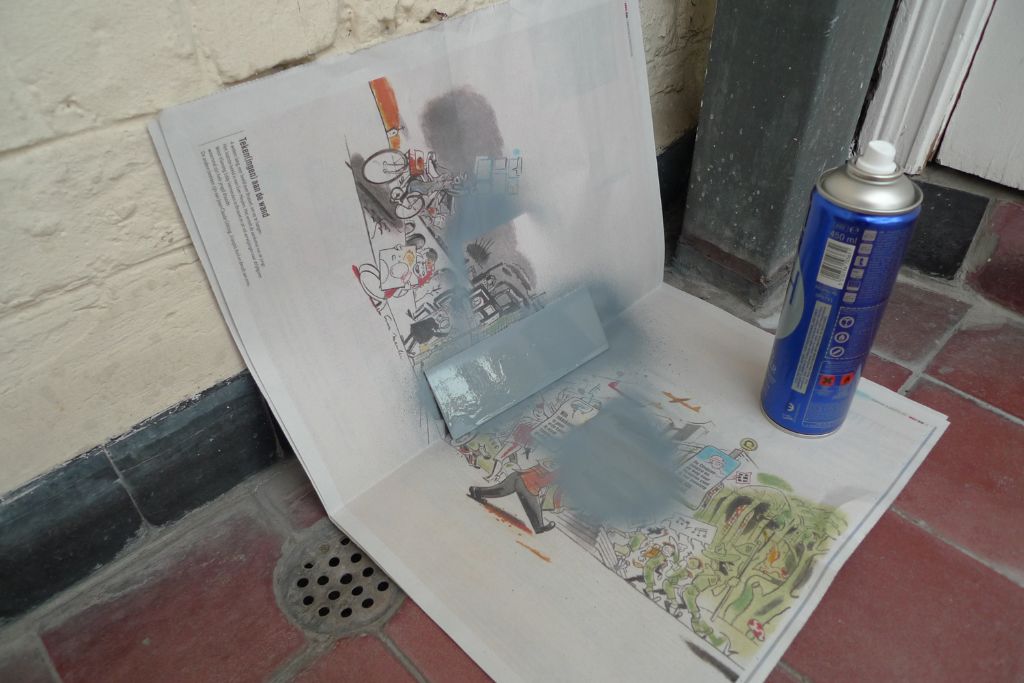
I'll rteturn to the paint compatilibity results in the Moonbeam thread; what I would like to ask about here is a different matter altogether.
I noticed that in certain areas, the filler when dry had a number of pin-point but fairly deep holes in its surface (see below for image).
As I was not sure what might be the cause, I decided to conduct a second test.
One potential source might have been a reaction between the filler solvent and and the plasticard, so the second test was done on some scrap pieces of tin plate instead.
I also noticed when preparing the hardened filler to be painted that it could be dissolved with methylated spirits, which happened to be what I had used to degrease the piece of plasticard. I therefore wanted to test this parameter as well, and used in turn methylated spirits, kitchen degreaser and common washing-up liquid to degrease three pieces of tin plate, while leaving a fourth piece untreated.
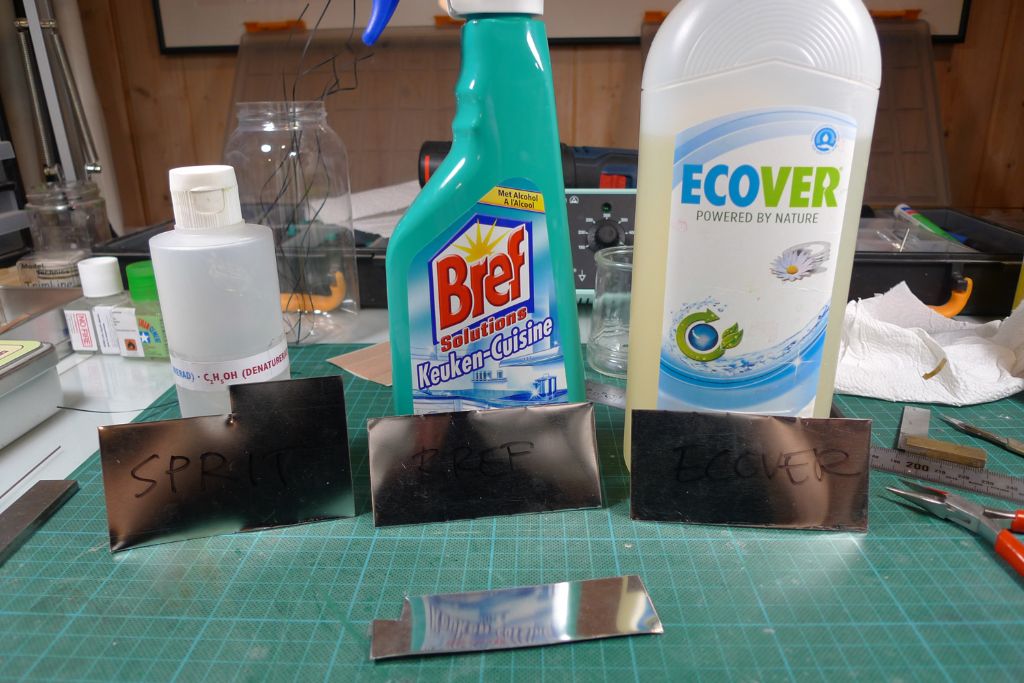
These were then again given two light coats with ten minutes in between …
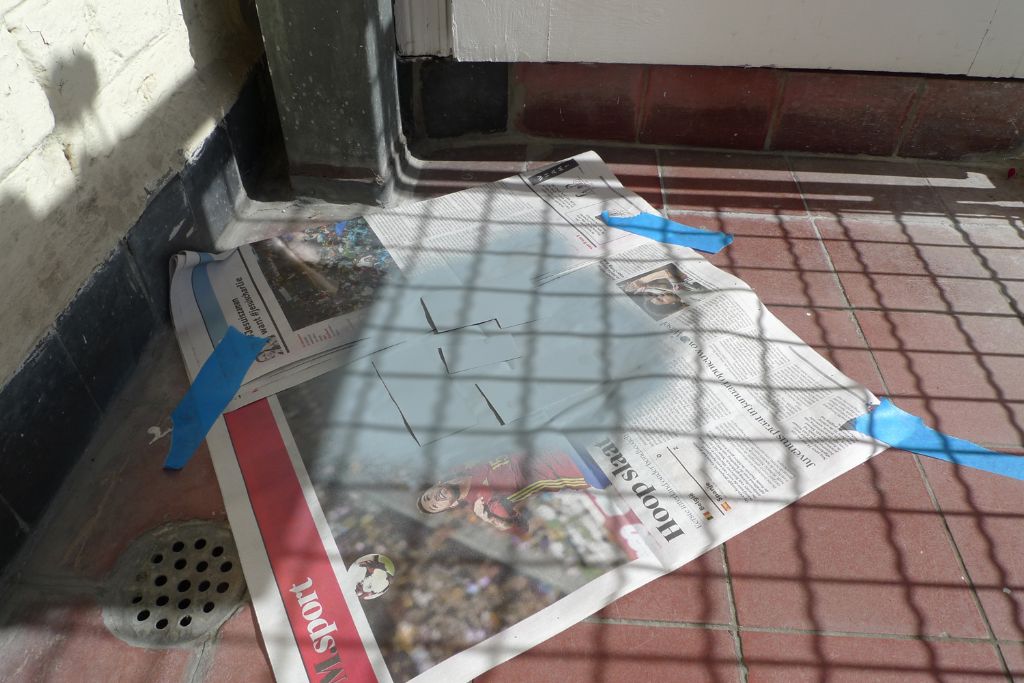
… and then rubbed down with 800 and 1500 grit wet paper.
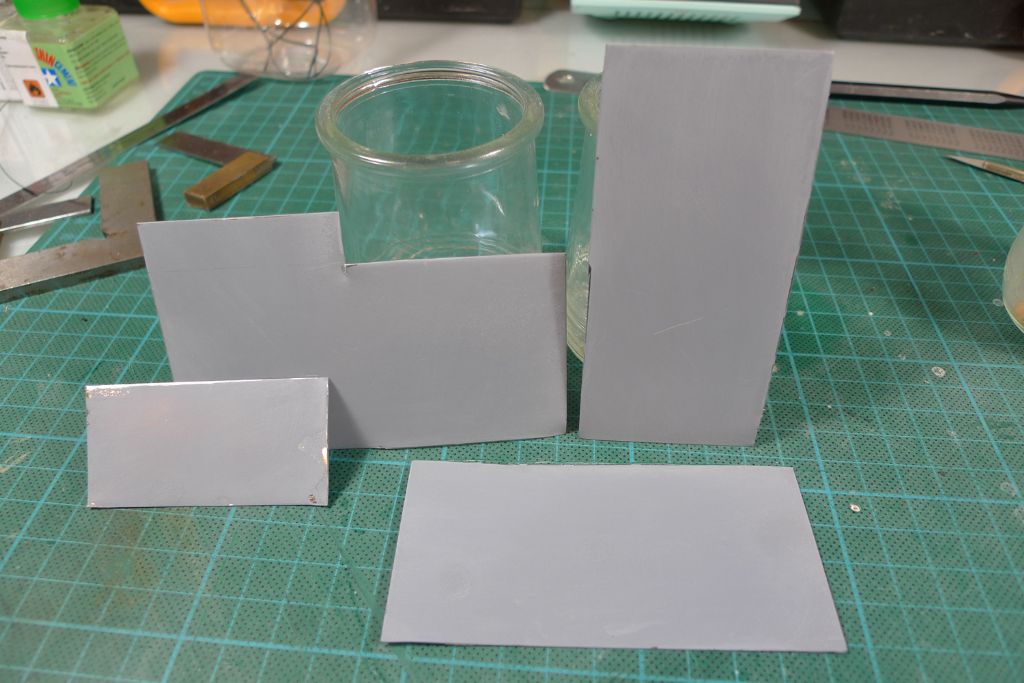
There was no discernible difference between the four surfaces – all four were generally speaking very nice indeed, particularly after rubbing down, but all four also had some areas with the above-mentioned pin-prick size pitting of the surface.

I have very little experience of rattle cans – they and I have never really seen eye to eye, so I have long ago pretty much decided against them, whcih in turn of course means experience doesn't happen.
I know, however, that many a modeller here on the forum happily paints their models with spray paints, and I therefore wanted to know if the above problem is commonly known and has an appropriate solution?
One guess on my part is that might have been to close (I tried to observe the 20 to 30 cm suggested by the instructions, but its always tricky), and that the pitting may be from the propellant, but that is just a guess.
Does anyone have any good advice on how to avoid such pitting? It is rather awkward where it occurs, as it seems to go down more or less all the way to the underlying material, and thus will require some serious rubbing down if it were to occur on the model …
Mattias
Edited By Banjoman on 04/09/2016 15:42:50











